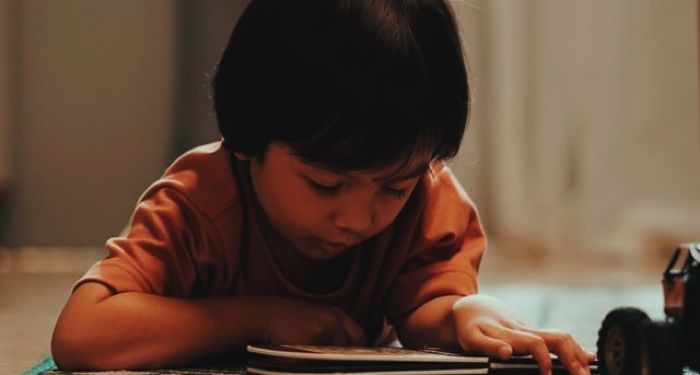
Male Characters Still Outnumber Female Characters in Children’s Books
A new study by Kennedy Casey, Kylee Novick, Stella F. Lourenco published in PLOS One found that in children’s books featuring a single main character, male perspectives still outnumbered those with female perspectives. The researchers looked at almost 3,300 books published between 1960 and 2020, published for readers in the 0-16 age group.
Though female representation has increased, it still lags behind. This is especially noteworthy when books are broken down by category — fiction or nonfiction — and the types of characters featured. Non-human characters in fiction were male much more than female, and nonfiction books with a human character were also more likely to be male. The second finding is especially worthy of consideration when it takes into account the historical people being represented in these nonfiction titles; they’re far more likely to be men than women.

Over the last sixty years, male authors have better represented main characters as female, but in particular, this holds for books for the youngest audiences. Female authors write more female characters, particularly for older children and in books with human characters. Non-human characters by female authors continue to portray more male characters.
The study doesn’t take into account other gender variables, of course, but it does highlight the disconnect between popular perception of an overabundance of stories about female characters and the reality of what’s being published.
Read the entire study on PLOS One.
Find more news and stories of interest from the book world in Breaking in Books.
Also In This Story Stream
- Winners of 2024 Republic of Consciousness Prize — an Award for Small Presses — Announced
- Trailer for ONE HUNDRED YEARS OF SOLITUDE Adaptation Dropped
- These Two Authors Made Time’s List of the 100 Most Influential People of 2024
- The Bestselling Books of the Week, According to All the Lists
- 7 Things Learned From Salman Rushdie’s Memoir, KNIFE
- Kobo Is Launching Its First Color Ereaders
- 5 Books Trending On Amazon Today (and Why)
- The 2024 International Booker Prize Shortlist
- The Bestselling Books of the Week, According to All the Lists
- The Best Nonfiction Books of 2024 (So Far)
















